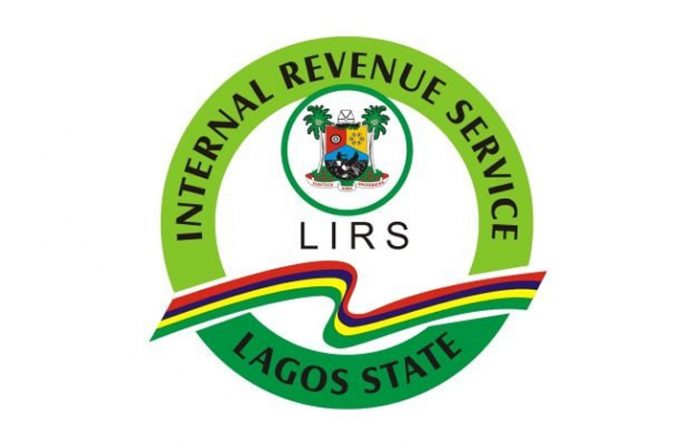At the May Monetary Policy Committee (MPC) meeting, the CBN governor highlighted the status around its several interventions in the real economy. In the manufacturing sector, he disclosed the apex bank has disbursed N803.4bn out of its N1.0tn Manufacturing Intervention Stimulus. In the healthcare sector, the governor claimed the CBN had disbursed N94.3bn out of its N100.0bn healthcare fund. Furthermore, he stated it had disbursed N686.6bn and N601.8bn under the Commercial Agricultural Credit Scheme (CACS) as well as the Anchors Borrowers Program (ABP). This is amid several other interventions in Creative arts, and the Electricity supply sector.
Since 2015, the CBN has continually intervened significantly in sectors classified as priority sectors as it focuses on complementing the efforts of the Federal government in boosting economic growth. However, despite the substantial interventions, economic growth remains weak. Between 2015 and 2020, Nigeria has recorded two recessions while average growth within the period prints at 0.8%, a stark contrast to the prior six-year period where the economy expanded by an average of 6.4%. Thus, the impact of the intervention programs on the real economy remains difficult to place.Despite its good intentions, the CBN’s efforts remained undermined by unresolved structural challenges that have continually hindered the country’s growth potential. For example, the Agricultural sector remains undermined by decrepit transportation infrastructure as well as inadequate storage facilities which leads to huge post-harvest losses. To provide perspective, according to a survey conducted by the Agriculture Ministry, Tomato farmers lose 40.0% of their harvest to poor storage facilities. Other challenges such as poor port infrastructure, epileptic power supply and persistent FX challenges continue to limit economic productivity. Thus, until these foundational issues are resolved, the Nigerian economy will remain in limbo.
- Home
- Business
- News
- Tourism / Travels
- Entertainment
- Regulators
- More
- Businesstoday Conference/Awards
- Business Today Magazine
Latest News
Please Subscribe
subribe to get the latest news delivered to you free

CBN's Logo
Share
Related Articles
Lagos Lawmakers Commend LIRS On Historic N1 Trillion Revenue Milestone
Legislators in Lagos State have commended the Lagos State Internal Revenue Service...
ByBusinessTodayNGFebruary 18, 2025Stanbic IBTC Bank Partners With IFC To Empower women entrepreneurs this Valentine’s season
As a show of love this Valentine’s season and in line with...
ByBusinessTodayNGFebruary 14, 2025CBN Announces New Charges On ATM Withdrawal
BY NKECHI NAECHE- ESEZOBOR--The Central Bank of Nigeria (CBN) has said customers...
ByBusinessTodayNGFebruary 12, 2025Naira Appreciates Further After CBN’s New BDC Directives
The naira appreciated further in the parallel market, popularly called black market,...
ByBusinessTodayNGFebruary 7, 2025











